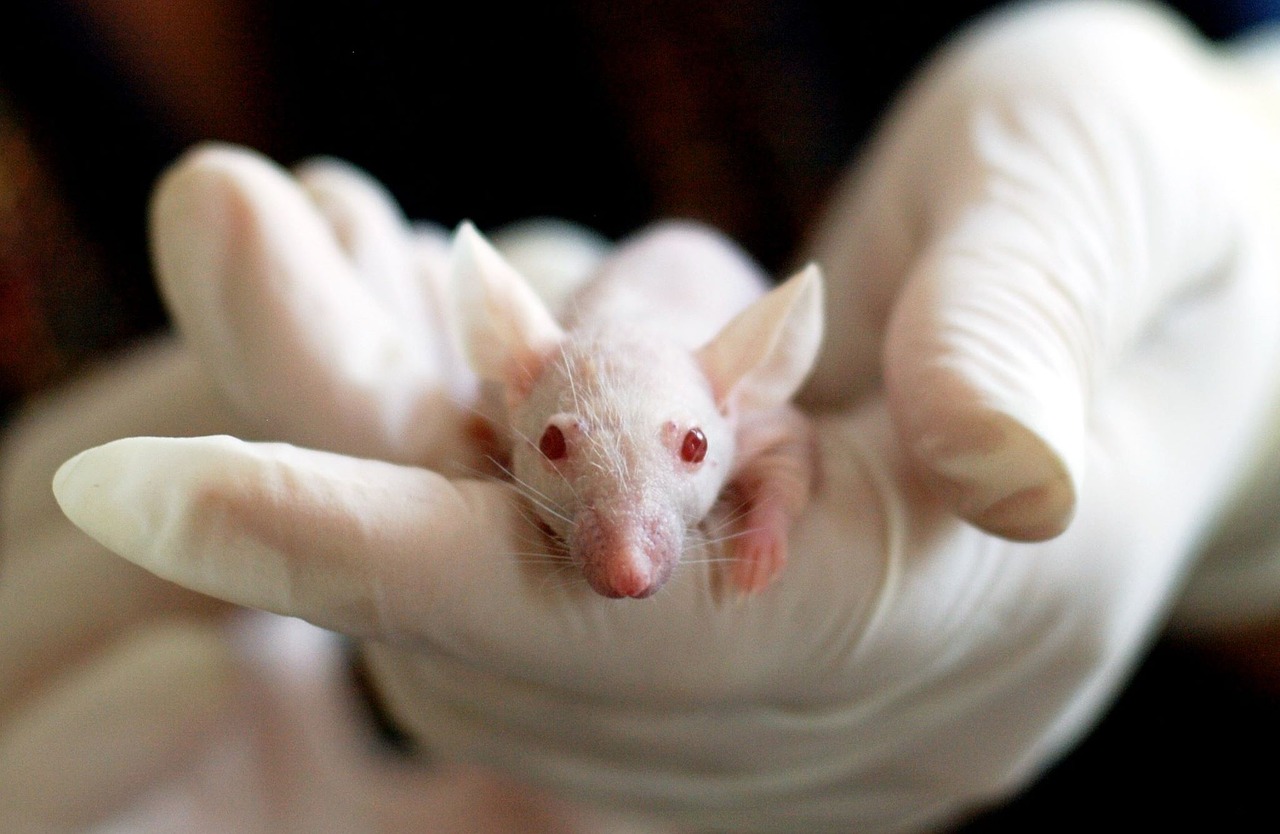Dying Cancer Cells “Teach” Remaining Tumor How To Survive During Chemo- And Radiotherapy

Research performed during the last 50 years has led to great progress in the therapy of cancer. Scientists were able to dramatically increase both the…
Read more










